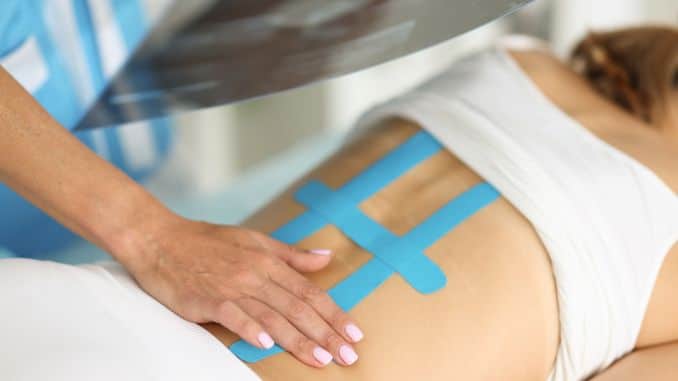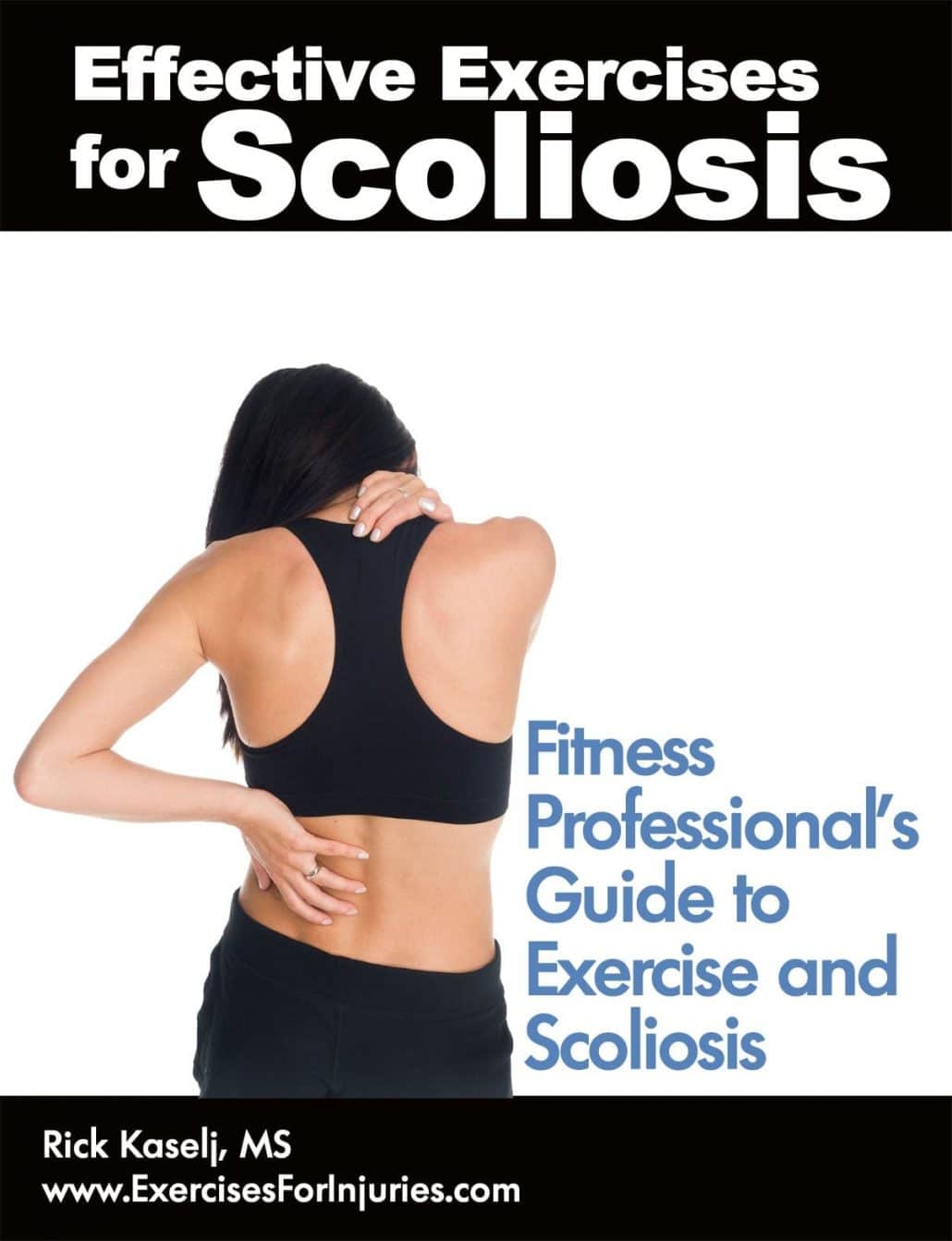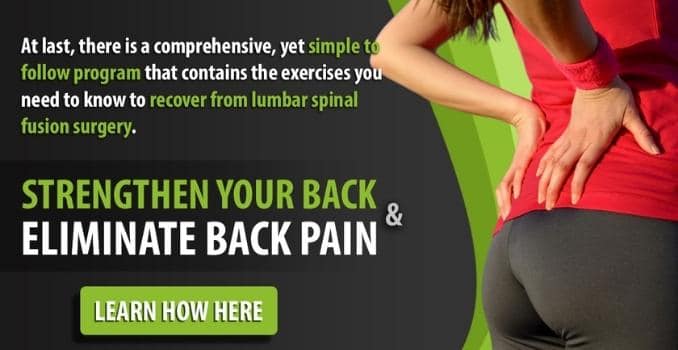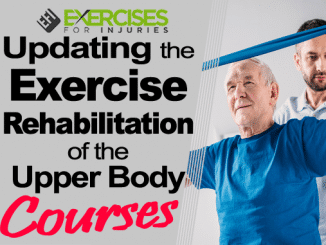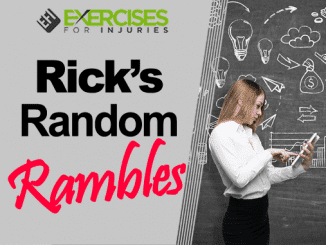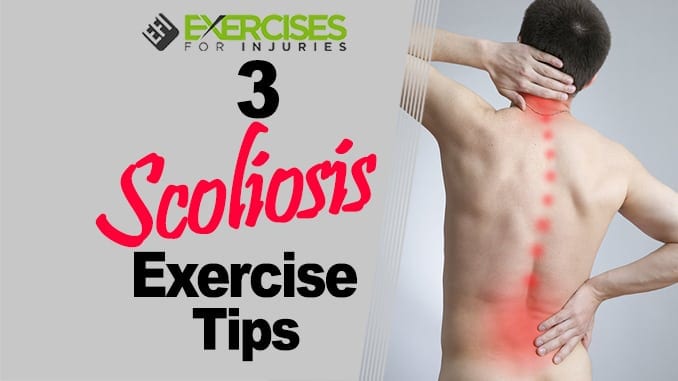
It’s important to know that scoliosis does not cause any long-term problems if you don’t have other health conditions like heart disease or osteoporosis. In recent years, there have been new advancements in the diagnosis and treatment of scoliosis. Keep reading to learn more about the 3 Scoliosis Exercise Tips that you can use to help improve your posture, lessen back pain, and reduce stiffness.
What is Scoliosis?
Scoliosis (pronounced sko-lee-o-sis) is a condition that affects the spine and can lead to pain and limited mobility. With this condition, one side of the spinal column becomes curved. This can be caused by genetics, environmental factors, or both. Scoliosis does not cause any long-term problems if you don’t have other health conditions like heart disease or osteoporosis.
Scoliosis is a condition that affects the spine and can lead to pain and limited mobility. With this condition, one side of the spinal column becomes curved. This can be caused by genetics, environmental factors, or both.
The first step in treating scoliosis is identifying whether or not you have it and what type you have. You will go through a medical history and physical examination before determining if a doctor must perform x-rays or an MRI to determine if you have scoliosis.

Diagnosis and Treatment
To diagnose adult scoliosis, your doctor will ask questions to understand the condition better. These may include:
- a family history of spinal curvature
- when it was first noticed that something was changing in the shape of your spine
- curve progression (determined from earlier X-rays available)
- pain or bowel, bladder, or motor dysfunction symptoms which are signs of more severe nerve damage or pressure caused by scoliosis
- a physical exam is then conducted to examine your back and check how you move around; checking for numbness, reflexes, sensation, and muscle strength, as well as ordering X-rays if necessary
- if needed, an x-ray can be taken from front and side views which will show a complete picture of the spine’s condition, including any curves present, such that doctors can determine what type is possible
Conservative Treatment
If you are an adult with scoliosis, most of your cases can be managed without surgery through regular observation by a doctor. You should also take over-the-counter pain medications and do core strengthening exercises to strengthen your back and abdomen and improve flexibility. If you smoke, it is essential that you quit because smoking has been shown to speed up the degenerative process in adults with scoliosis.
Surgical Treatment
Scoliosis is a condition where the spine curves, and in some cases, surgery may be necessary. This treatment is the last option because of complications from spinal surgery.
Rick’s Experience in Managing Clients with Scoliosis
I was in a meeting, and we started talking about one of my recent exercise & injury manuals, Effective Exercises for Scoliosis.
The person I met told me about his daughter in a scoliosis brace from 3 to 16. He asked me for some advice on what she should be doing when it comes to scoliosis exercises.
Of all the things she can do – the number one thing – is scoliosis exercise.
3 Scoliosis Exercise Tips
With scoliosis, there is a vast spectrum of clients. Some clients can have minor scoliosis or significant scoliosis.
Here are some tips for a client that has minor scoliosis. Often this kind of client will let you know during your assessment that their doctor has told them that they have minor scoliosis.
#1) Work on Cardiovascular & Strength Conditioning
Often the big thing is to work on their overall conditioning. As with the example above. She was in a brace for 23 hours and did not wear the brace for 1 hour while she exercised.
Focusing on cardiovascular and strength conditions is essential. Cardiovascular exercises like walking and stationary bike are excellent for the scoliosis client to build cardiovascular fitness.
I would begin this client with strength training in a setting where they can use machines. The machines allow the scoliosis client to learn the proper movements, perform them with decreased proprioception, and have the body stable. The exercises I would focus on involve primary push, pull, and squat movements.
#2) Stretching is Huge
Stretching helps with muscular imbalances and decreases muscular tension in the scoliosis client. In the Effective Exercises for Scoliosis manual, I go through a stack of stretching for the scoliosis client.
#3) Breathing
This seems funny, but it is vital for a scoliosis client. With scoliosis, you have a change in the curvature of the spine, which affects the position of the ribs and can affect breathing.
I am working on breathing assists in keeping the respiratory muscles strong and helps with relaxing the muscles.
I hope these tips help when you see your next scoliosis client.
Let me know if you have any tips when training a client with scoliosis.
Rick Kaselj, MS

